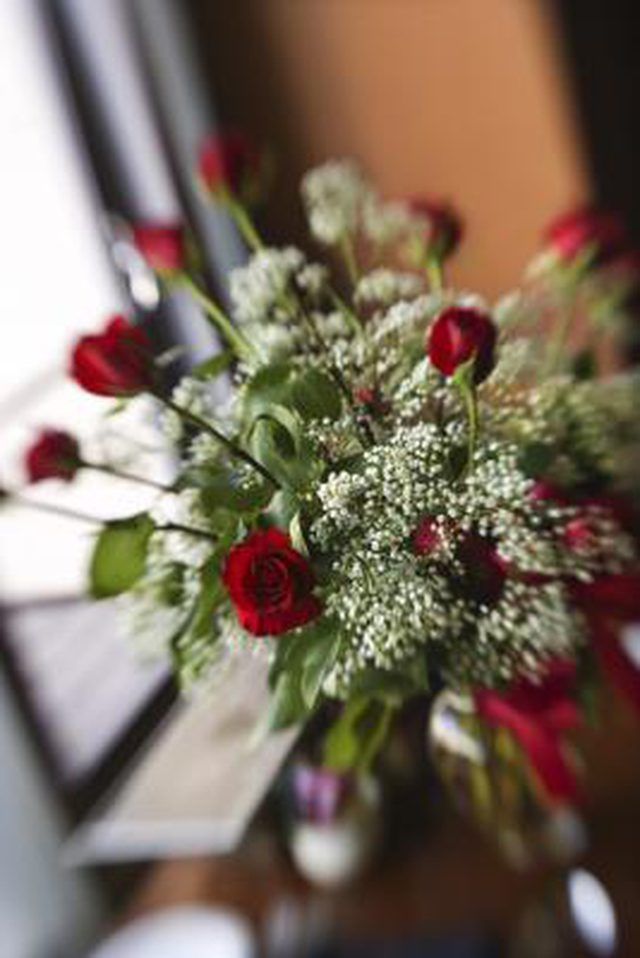Bulbs
Flower Basics
Flower Beds & Specialty Gardens
Flower Garden
Garden Furniture
Garden Gnomes
Garden Seeds
Garden Sheds
Garden Statues
Garden Tools & Supplies
Gardening Basics
Green & Organic
Groundcovers & Vines
Growing Annuals
Growing Basil
Growing Beans
Growing Berries
Growing Blueberries
Growing Cactus
Growing Corn
Growing Cotton
Growing Edibles
Growing Flowers
Growing Garlic
Growing Grapes
Growing Grass
Growing Herbs
Growing Jasmine
Growing Mint
Growing Mushrooms
Orchids
Growing Peanuts
Growing Perennials
Growing Plants
Growing Rosemary
Growing Roses
Growing Strawberries
Growing Sunflowers
Growing Thyme
Growing Tomatoes
Growing Tulips
Growing Vegetables
Herb Basics
Herb Garden
Indoor Growing
Landscaping Basics
Landscaping Patios
Landscaping Plants
Landscaping Shrubs
Landscaping Trees
Landscaping Walks & Pathways
Lawn Basics
Lawn Maintenance
Lawn Mowers
Lawn Ornaments
Lawn Planting
Lawn Tools
Outdoor Growing
Overall Landscape Planning
Pests, Weeds & Problems
Plant Basics
Rock Garden
Rose Garden
Shrubs
Soil
Specialty Gardens
Trees
Vegetable Garden
Yard Maintenance
How to Grow Gypsophila Flowers
How to Grow Gypsophila Flowers. Gypsophila, more commonly known as baby’s breath, blooms in late spring and continues through the summer. The small massed flowers come in white, purple and pink and the species includes annual or perennial gypsophila. The perennial is hardy in U.S. Department of Agriculture Plant Hardiness zones 3 through 9,...

Gypsophila, more commonly known as baby’s breath, blooms in late spring and continues through the summer. The small massed flowers come in white, purple and pink and the species includes annual or perennial gypsophila. The perennial is hardy in U.S. Department of Agriculture Plant Hardiness zones 3 through 9, while annual gypsophila is hardy in zones 2 through 10. This plant can grow to heights of 3 feet with a spread of 10 inches. Gypsophila is an easy and delicate flower for the beginning gardener to grow. The flowers are often cut and used for floral arrangements.
Things You'll Need
Tiller or garden fork
Compost
Rake
Dry, general all-purpose fertilizer
Trowel
Mulch
Find a sunny location to plant the gypsophila.
Till or dig up the soil with a garden fork to a depth of 12 inches.
Amend the soil with 3 inches of compost. Remove any rocks, sticks or dirt clods that you find. Level the soil with the back of a garden rake.
Add a dry, general all-purpose fertilizer to the soil before planting. Apply the fertilizer according to label directions.
Dig holes with a trowel that are slightly wider than the root ball, but keep the planting depth the same as the root ball. Space the holes 18 inches apart.
Insert the root ball into the planting hole and fill in the hole with amended soil. Firm the soil in place with your hands. Do not bury the root ball any deeper than it was originally growing.
Water the gypsophila until the soil is moist. Keep the soil moist throughout the growing season, but allow the soil to dry out a bit between waterings.
Lay a 3-inch layer of mulch around the plants. Mulch keeps the weeds from growing and it helps the soil retain moisture.
Deadhead the spent flowers to encourage new growth.
Feed the gypsophila once a month during the active growning months. Use an organic all-purpose fertilizer.